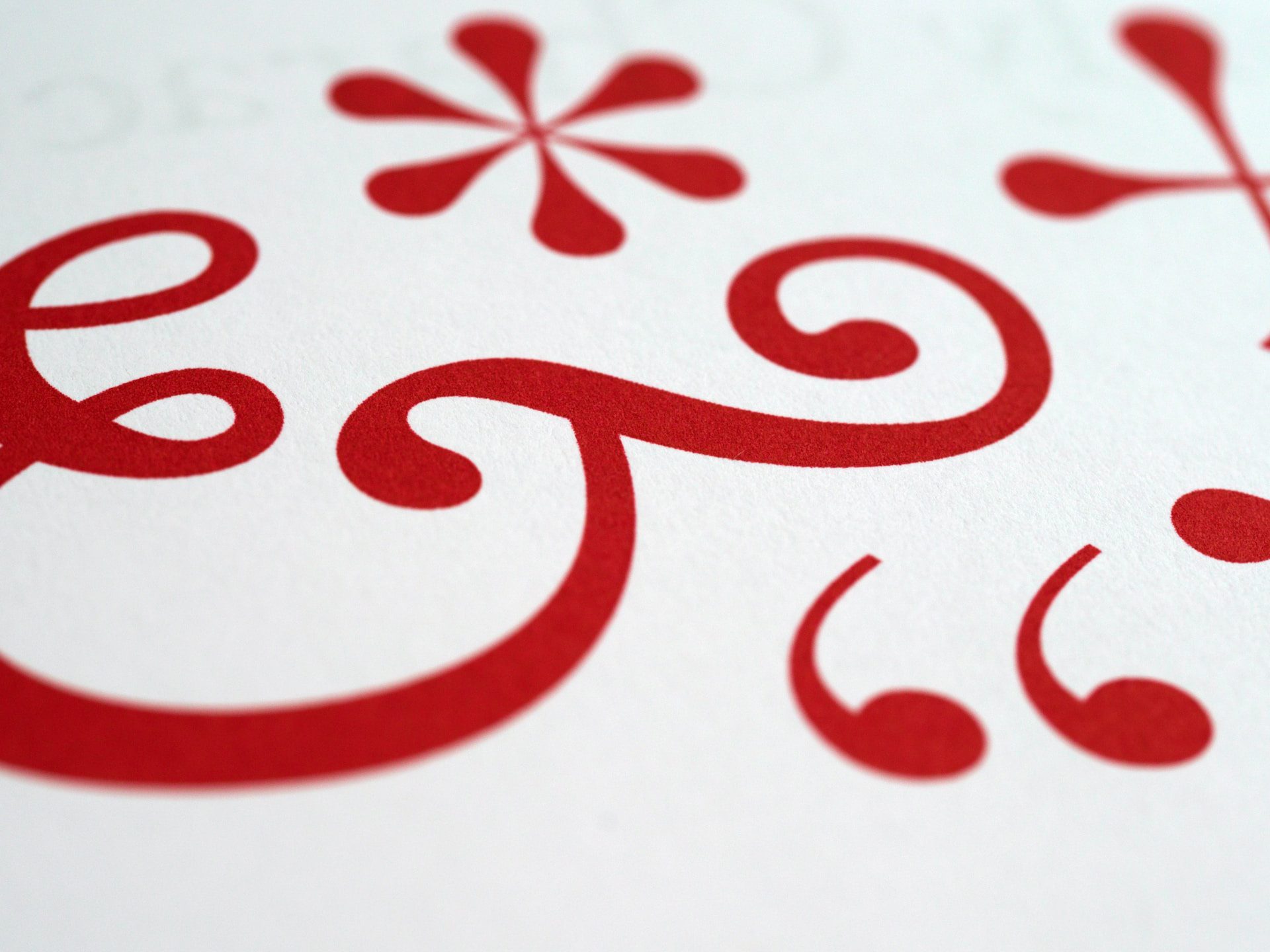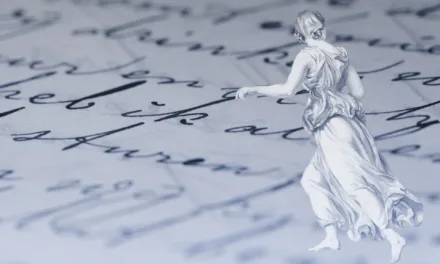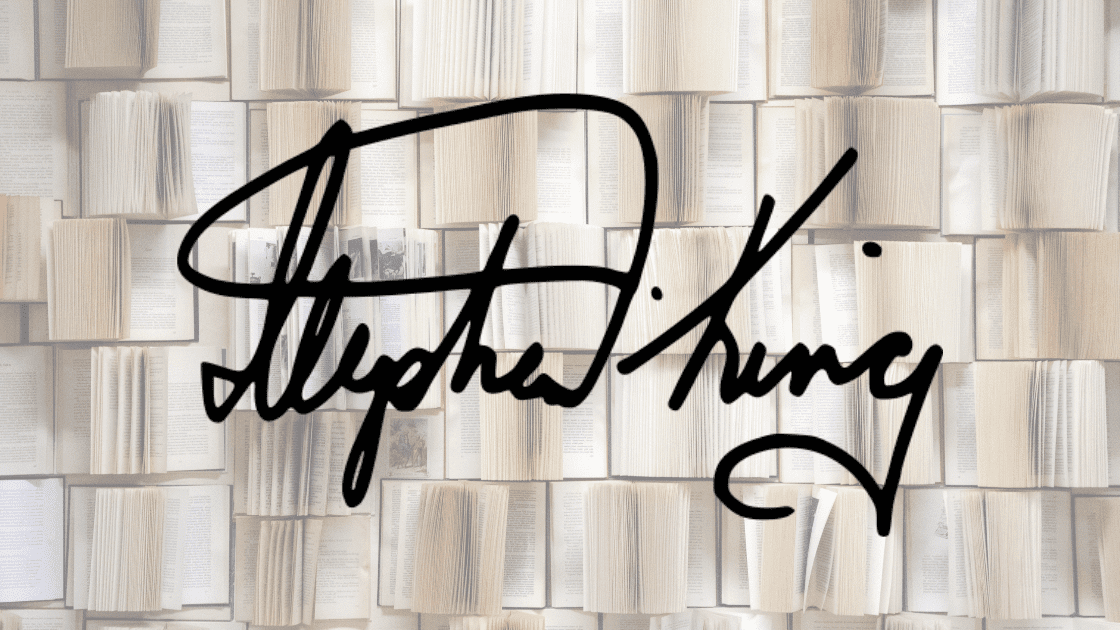
A Beginner’s Guide to Dialogue Tags

Dialogue tags can make or break a reader’s immersion in your dialogue. Great use of dialogue tags can result in clear, engaging, and memorable dialogue, but getting it wrong can make your characters’ conversations feel flat and lifeless. Today, I’m going to show you how to use different types of dialogue tags, when and why it’s important to use them, and how you can use them effectively.
What Are Dialogue Tags?
A dialogue tag is a word or phrase that describes who is speaking. It’s used to show who said what, and how. He said, she whispered, Julia shouted, Neville sighed are all examples of dialogue tags.
As an example:
“How can I ever repay you?” she said.
In the phrase above, the word “she said” is the dialogue tag.
When to Use Dialogue Tags
Dialogue tags are like little signposts that tell the reader who said what. But how do you decide when and how to use them?
First, let’s look at why we need them.
The reader needs to know who is talking in order to follow the conversation. They are also a great way of adding detail and emotion to your writing by showing what kind of tone or mood each speaker is in.
But that doesn’t mean that dialogue tags are always necessary. If your dialogue is clear without them, it’s good to leave them out and let your dialogue speak for itself. Using them occasionally for variation is one thing, but there’s nothing worse than repetitive tagging.
You can also use action beats in place of dialogue tags to set the scene, which is often much more effective than a simple “he said, she said.” Sometimes it’s good to let the action speak for itself. For instance, if two people are having a heated argument, there’s no need for an extra line telling us they’re arguing. A reader will be able to tell by the way your characters are talking (and acting) without having to include tags like “she shouted” or “he screamed”.
Here are some examples:
“Did you see the dog earlier?” Amy asked. “I didn’t, but I certainly heard it,” said Gordon. “It was barking all night,” grumbled Amy. “I wonder if it’s as tired as I feel?” Gordon yawned.
In the example above, you can see that the dialogue tags feel repetitive, despite varying word order and description. A better way to formulate the conversation above with action beats would look like this:
Amy entered the kitchen to see Gordon sipping his coffee at the table. “Did you see the dog earlier?” “I didn’t, but I certainly heard it,” he yawned. “It was barking,” said Amy, staring pointedly at Gordon. “All night.” Shrugging, Gordon returned to his coffee. “I wonder if it’s as tired as I feel?”
A good rule of thumb is: if an action beat would have more impact than a dialogue tag, leave it out—you don’t want anything getting in between your reader and their imagination!
How to Use Dialogue Tags
Dialogue tags can come before, between, or after direct speech.
After speech
“Shouldn’t you be studying?” asked Shirley.
This example puts the dialogue tag after the speech. You might notice, in this case, that the tag comes after a question mark, which would usually denote the end of a sentence (an exclamation mark would be another example of this). But when using a dialogue tag, the question mark acts the same as a comma, so you wouldn’t capitalise the word “asked.”
If we framed this differently for the sake of comparison, it would read:
“You should be studying,” said Shirley.
When writing a dialogue tag after the speech, you should always use a comma before the closing quotation mark.
Between speech
“Come over here,” gestured Karen, “and help me put these bags in the car.”
This example uses a dialogue tag to split a single instance of speech. Grammatically, this requires a comma before the closing quotation mark of the first half of the dialogue, and a comma after the dialogue tag before the opening quotation mark of the second.
There are other variations of this split. Another example might be:
"Come over here!” shouted Karen. “Help me get these bags in the car.”
The above example uses the exclamation mark to end the sentence of speech but acts like a comma as far as the dialogue tag is concerned. Because the speech is a self-contained sentence, we need a full stop after the dialogue tag, letting the rest of the dialogue continue separately. This split adds variation.
You could also write this same piece of dialogue as:
“Come over here! I need help putting these bags in the car,” shouted Karen.
But it’s not as interesting to read.
Before speech
Michael winced, “I stubbed my toe!”
The above example puts the dialogue tag before the speech. Just like in the example of speech splitting, you need a comma after the tag, before the opening quotation mark, even if the dialogue that follows is a new sentence. You should always capitalise the first letter of the dialogue if it begins a new sentence.
An alternative example for this could also be to use the words of the dialogue tag as an action beat instead. For example:
Michael winced. “I stubbed my toe.”
This is no longer a dialogue tag, but it does show the difference in tone you can create with even a slight variation.
When used as a dialogue tag, “Michael winced” shows he is wincing as he speaks. When using it as an action beat, Michael winced before he spoke. So even though the words are the same, there is a subtle difference in how your reader will interpret it.
When in doubt, here are some quick tips on using dialogue tags:
- If you can, use them sparingly.
- Don’t let them overshadow the dialogue.
- Don’t use tags to repeat what the dialogue’s already told you.
- A good tag shouldn’t impair how natural your dialogue sounds.
There’s so much opportunity for creativity when using dialogue tags. There’s nothing wrong with using “said” (despite what your high school English teacher would have you believe), so long as you’re not falling into the trap of repetition. As long as you use variety to keep up your pace and rhythm, and support your tags with some well-placed action beats, your dialogue will flow naturally and keep your readers engaged.





























